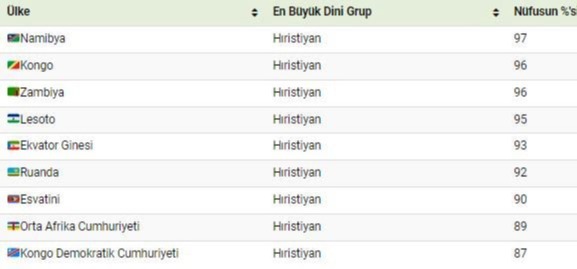
Africa's Two Major Religions on One Map
In the hundred years between 1900 and 2000, Africa's Muslim and Christian populations increased 20-fold and 70-fold respectively. Much of this staggering increase was simply population growth.
But the percentage of followers of the respective religions also increased. Now, one in three Africans is Muslim, one in two is Christian and only one in 10 is a follower of a traditional faith.
To visualize religious demographics, we mapped the largest religious group by population share in each African country. The data is taken from the US State Department's 2022 International Religious Freedom report.
Why Does This Unique Religious Divide Exist?
At first glance, the vast majority of North Africa is Muslim, while the vast majority of Sub-Saharan Africa is Christian.

Note: All denominations and sects are included. *Estimates vary as to which is the largest religious group. No data available for Western Sahara.
In the 7th century AD, the Umayyad and Abbasid caliphs spread Islam through their conquests on the north coast of Africa.
Meanwhile, Christianity had spread to the continent in the 1st century AD. However, in the 15th century, European colonial missions brought the religion to sub-Saharan Africa.
Remarkably, countries in the middle of the continent tend to have large populations of both, with one group having a narrow majority. For example, Nigeria is only about 50% Muslim. But this corresponds to the highest number of Muslims in a country in absolute terms, 115 million.
Mauritius is the only African country with a Hindu majority. The Hindu religion was brought by Indian laborers contracted for plantations in the French and British colonies.
It is interesting to note that Eritrea may be evenly divided, but depending on the estimate, either side may hold a majority. These religious demographics have also played a role in the country's previous civil wars.